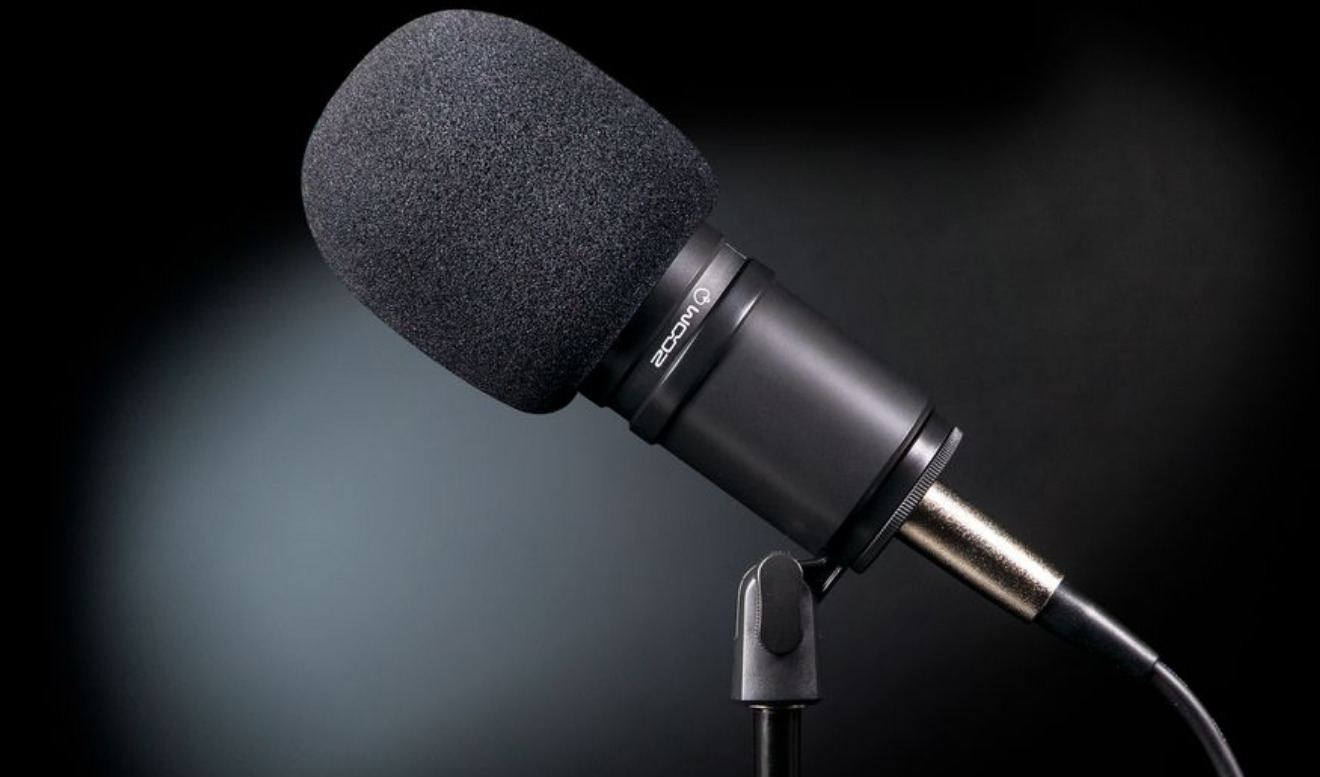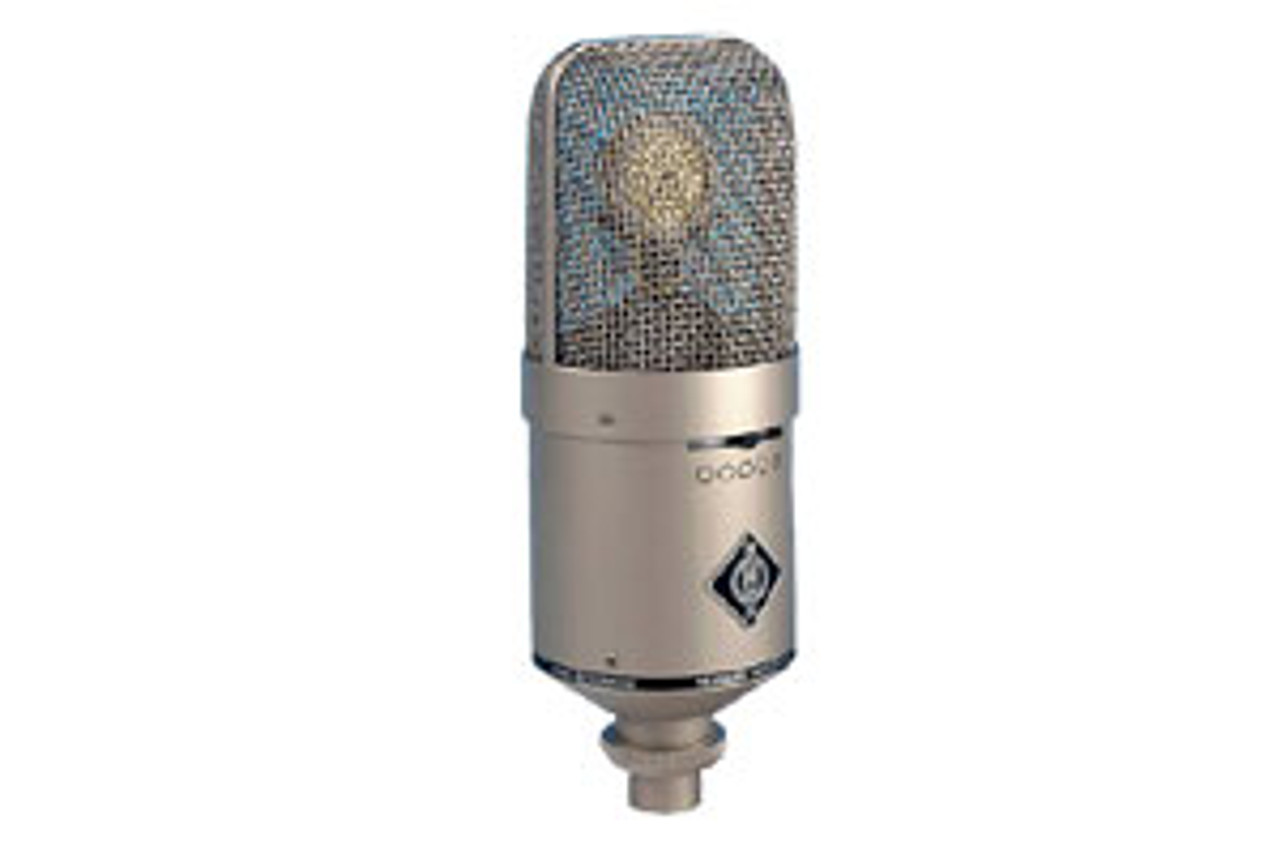In the digital age, the clarity of audio during online communication is imperative. Whether for professional meetings, virtual classrooms, or personal chats, poor audio quality can hinder understanding and disrupt communication. This guide explores how to optimize your Zoom microphone setup to ensure crystal clear audio, enhancing the quality of your virtual interactions.
Choosing the Right Microphone
Understanding Microphone Types
For optimal audio, selecting the right type of microphone is the first step. Broadly, microphones fall into two categories: built-in (like those found in laptops or headsets) and external (standalone devices connected separately). While built-in microphones offer convenience, external microphones typically provide superior sound quality due to their advanced technology and isolation capabilities.
Key Features to Look For
When shopping for an external microphone, consider features like directional recording patterns, frequency response, and connectivity options. A cardioid mic, which picks up sound primarily from the front, is ideal for individual use in Zoom calls, minimizing background noise. Look for a microphone with a broad frequency response for richer, more natural sound. USB microphones offer easy plug-and-play connectivity, making them a popular and convenient choice for most users.
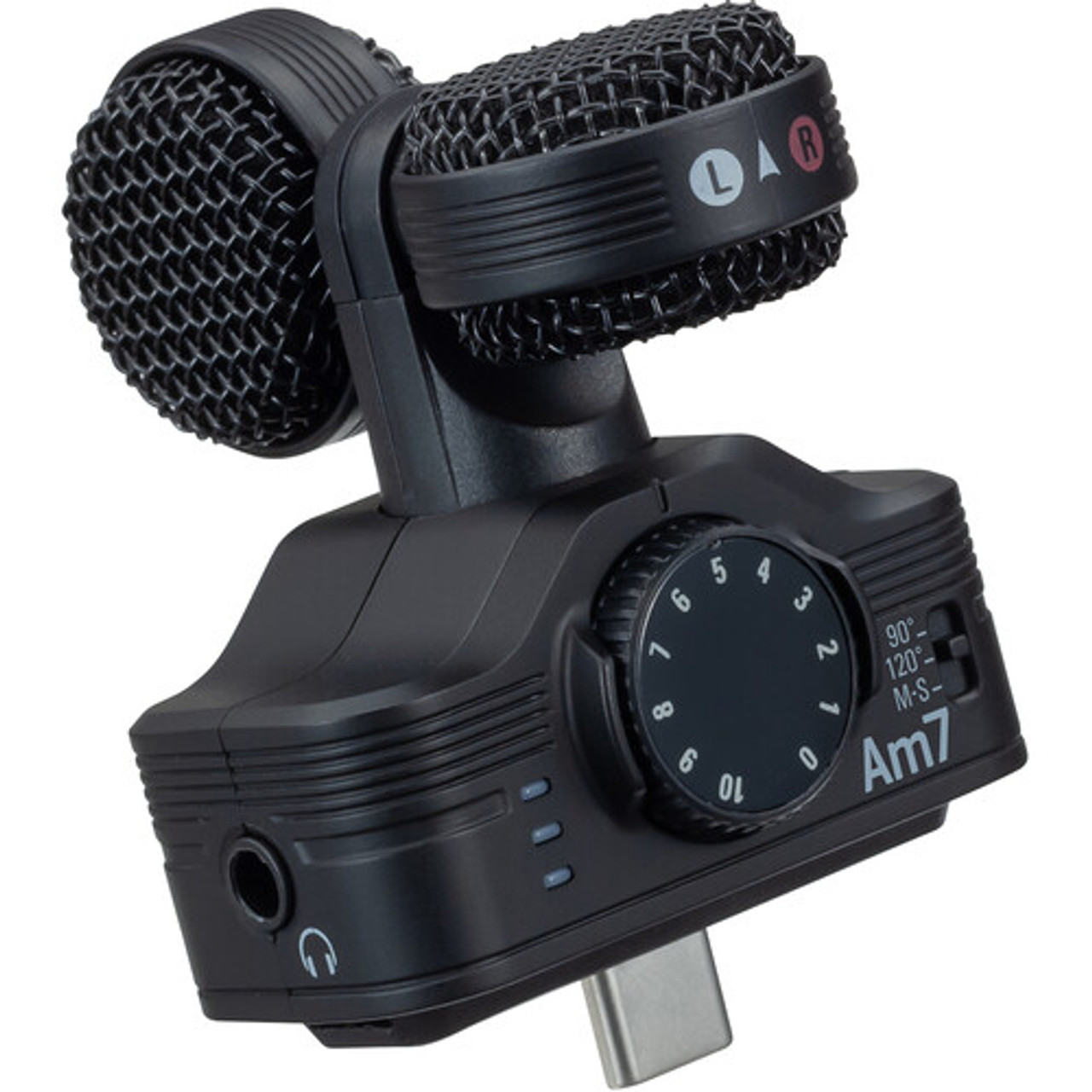
Placement and Environment
Strategic Microphone Placement
The position of your microphone significantly affects audio quality. Keep the microphone close to your mouth but slightly off to the side to avoid ‘popping’ sounds on ‘P’ and ‘B’ words. If using a stand-alone mic, around 6-12 inches away from your mouth is recommended. Adjust the placement to find the best balance between clarity and comfort.
Controlling Your Environment
Minimize background noise by choosing a quiet, enclosed space for your Zoom calls. Soft furnishings like carpets, curtains, and cushions can help absorb sound and reduce echo. If background noise is unavoidable, consider using a directional microphone to focus on your voice and mute yourself when not speaking to prevent unwanted sounds from transmitting.
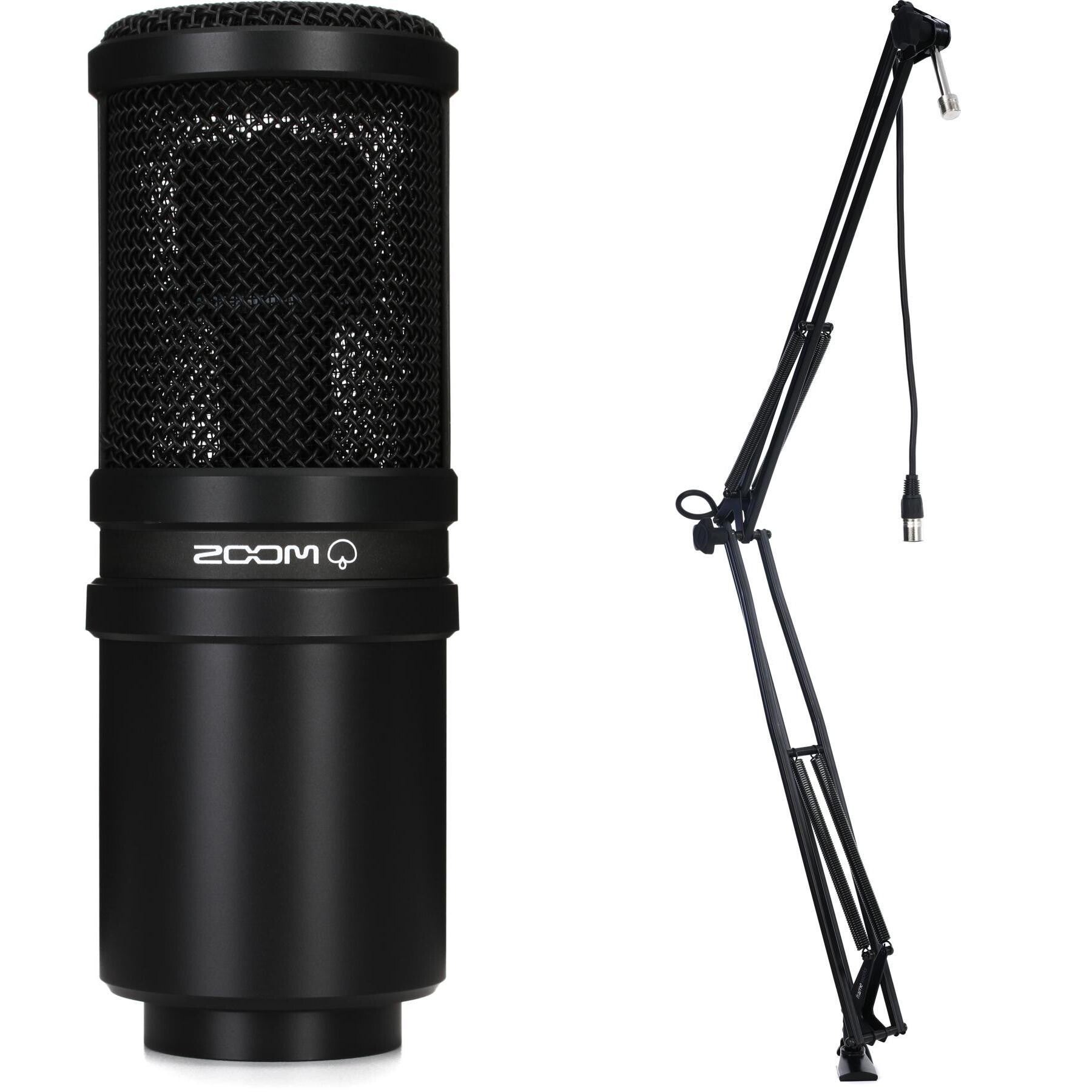
Configuration and Settings
Zoom Audio Settings
Zoom offers several built-in features to improve audio quality. Access the ‘Audio’ settings in your Zoom app to customize your microphone setup. Enable ‘Automatically adjust microphone volume’ for consistent sound levels or manually adjust to suit your environment. The ‘Suppress Background Noise’ feature offers options for low, medium, and high noise levels, helping to minimize distractions.
Software Enhancements
Beyond Zoom’s in-built settings, external software can offer further enhancements. Applications like Krisp offer advanced noise-cancellation technology, filtering out background noise not just from your side but also from incoming audio. Ensure any external software you choose is compatible with your operating system and microphone for seamless integration.
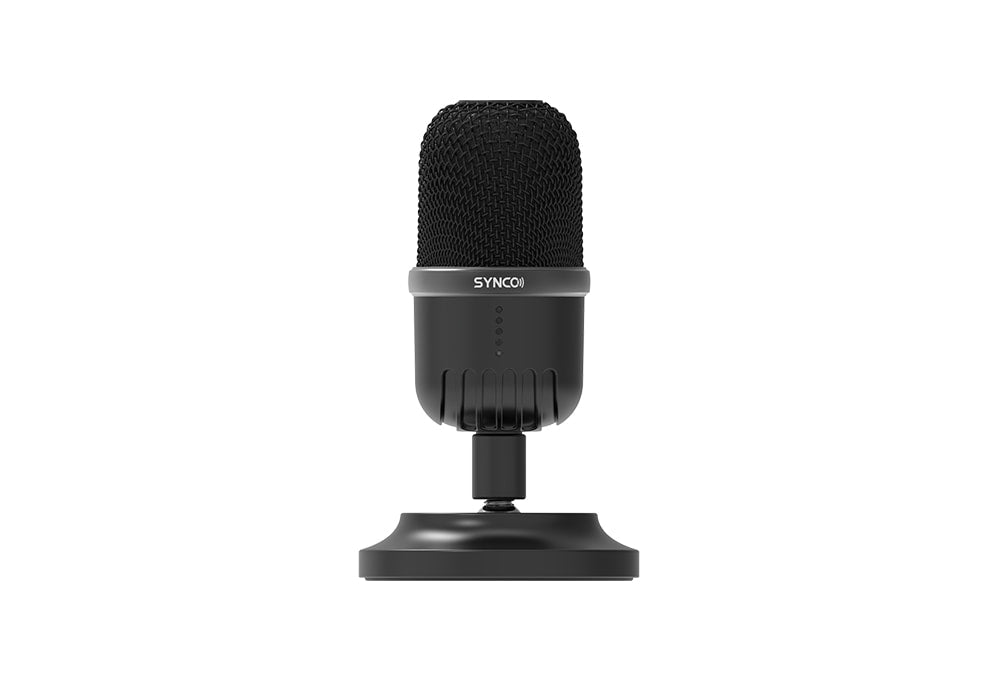
Practice and Feedback
Testing Your Setup
Before joining a critical meeting or call, conduct a test recording within Zoom. This allows you to hear the audio quality you’re producing and make any necessary adjustments. Pay attention to volume levels, clarity, and background noise, adjusting your setup as needed.
Seeking and Applying Feedback
Feedback from others can provide valuable insights into your audio quality. After optimizing your setup, ask colleagues or friends for feedback during a call. They can offer a different perspective on your sound quality, highlighting issues you might not notice yourself.
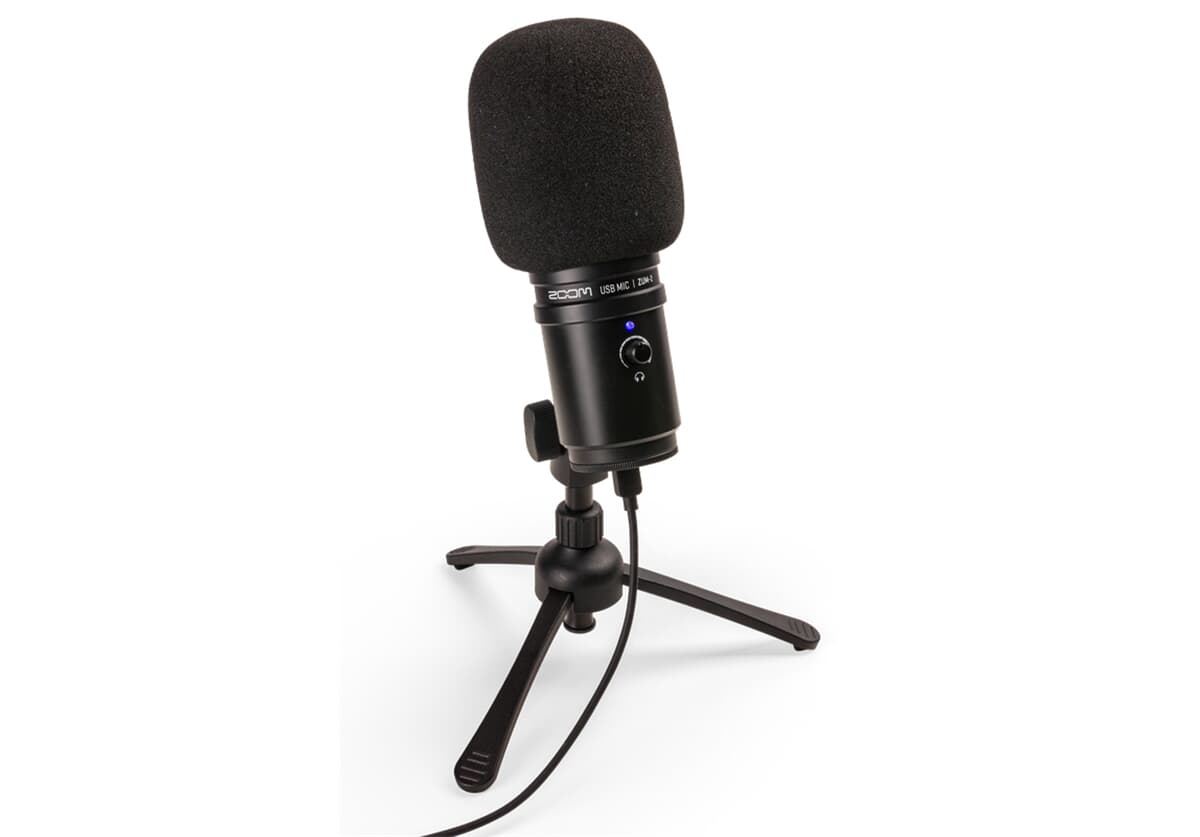
Continual Adjustment and Maintenance
Regular Checks and Updates
An optimal microphone setup is not a one-time achievement; it requires ongoing attention. Regularly check your microphone and audio settings before important calls to ensure everything is configured correctly. Keep your microphone clean, and check for software updates for both your microphone and Zoom to take advantage of any quality improvements or bug fixes.
Adapting to Changing Conditions
Your optimal setup may need adjustments over time due to changes in your environment, equipment, or Zoom updates. Stay flexible and be willing to tweak your settings or equipment arrangement. Upgrading your microphone or ancillary equipment like pop filters, stands, or sound shields can provide further enhancements to your audio quality.
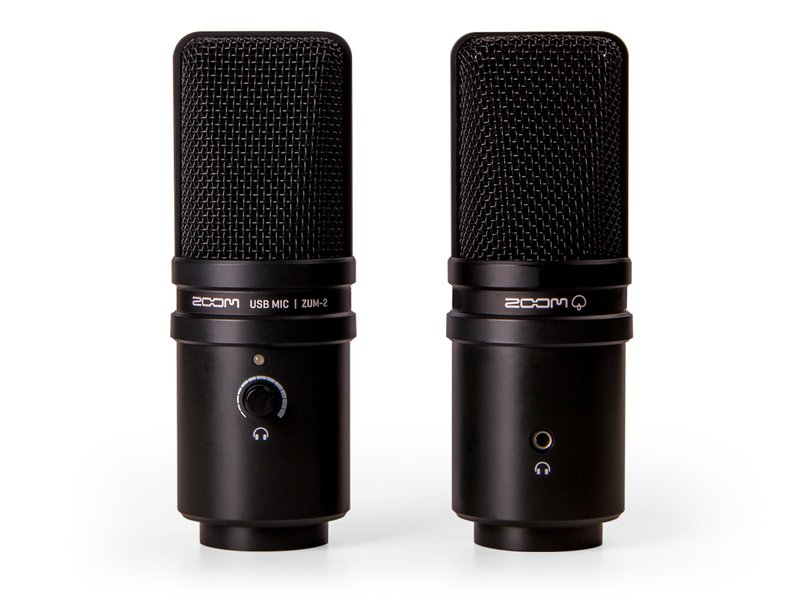
Enhancing Your Presence with Better Audio
The Impact of Clear Audio on Communication
Clear audio not only reduces misunderstandings but also enhances your presence in virtual meetings. By ensuring your voice is crystal-clear, you command more attention and convey your messages more effectively. This is crucial in professional settings where clear communication can influence decisions and outcomes. Investing in your audio quality demonstrates a commitment to excellence and respect for your audience, whether in a meeting, webinar, or casual chat.
Leveraging Technology for Superior Sound
In today’s market, numerous tools and gadgets can elevate your audio quality. For instance, acoustic panels and shields can significantly reduce echo in larger or emptier rooms. Additionally, software solutions that leverage AI to enhance voice clarity and reduce background noise are becoming increasingly sophisticated. These technologies, when coupled with a high-quality microphone, can produce studio-grade audio from virtually any location.
Staying Updated in a Fast-Paced World
Embracing Continuous Learning
The technology surrounding digital communication is continuously evolving. Staying informed about the latest advancements in microphones, audio processing software, and Zoom updates can give you a competitive edge. Regularly visiting forums, following tech blogs, and participating in webinars are excellent ways to stay updated. Continuous learning ensures you can adapt and maintain the highest audio standards as technologies and software capabilities advance.
The Importance of Flexibility and Adaptation
Flexibility and the willingness to adapt are key in optimizing your Zoom microphone setup. What works perfectly in one situation might not in another. For example, a microphone setup that is ideal for quiet, solo work might struggle in a lively family home. Being prepared to reassess and modify your setup allows you to maintain high audio quality across different environments. The feedback loop with colleagues and peers becomes invaluable here, offering ongoing insights into your audio’s impact and effectiveness.
Crystal Clear Communication
By choosing the right microphone, configuring your Zoom settings, and adjusting your environment, you can dramatically improve your audio quality in virtual settings. Regular testing and maintenance, along with openness to feedback and adjustments, will keep your audio clear in an ever-evolving digital landscape. Investing time and effort into optimizing your Zoom microphone setup pays dividends in enhanced communication, ensuring your voice is heard loud and clear.
